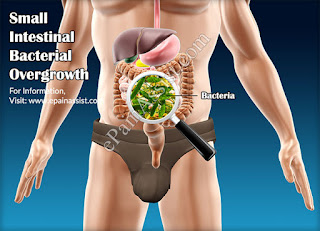VAGINAL YEAST INFECTION (Candidiasis)
Vaginal Yeast Infections (Candidiasis) According to the Centers for Disease Control (CDC), about 75% of women get at least one yeast infection during their lifetime and 40-45% will have two or more. Some women have many yeast infections. Women of all ages can get yeast infections. What causes yeast infections? Yeast infections are usually caused by an overgrowth of a type of fungus called Candida, also known as yeast . Small amounts of yeast and other organisms are normally found in your vagina, as well as in your mouth and digestive tract. Yeast infections occur when the balance of organisms in your vagina is upset, and the amount of yeast grows too much, causing an infection. Yeast infections are most likely to be noticeable just before or just after your menstrual period. Some types of “yeast” infections are harder to treat and are caused by other species. Ask your health care provider (HCP) if you should be checked for the other types if your symptoms do n

